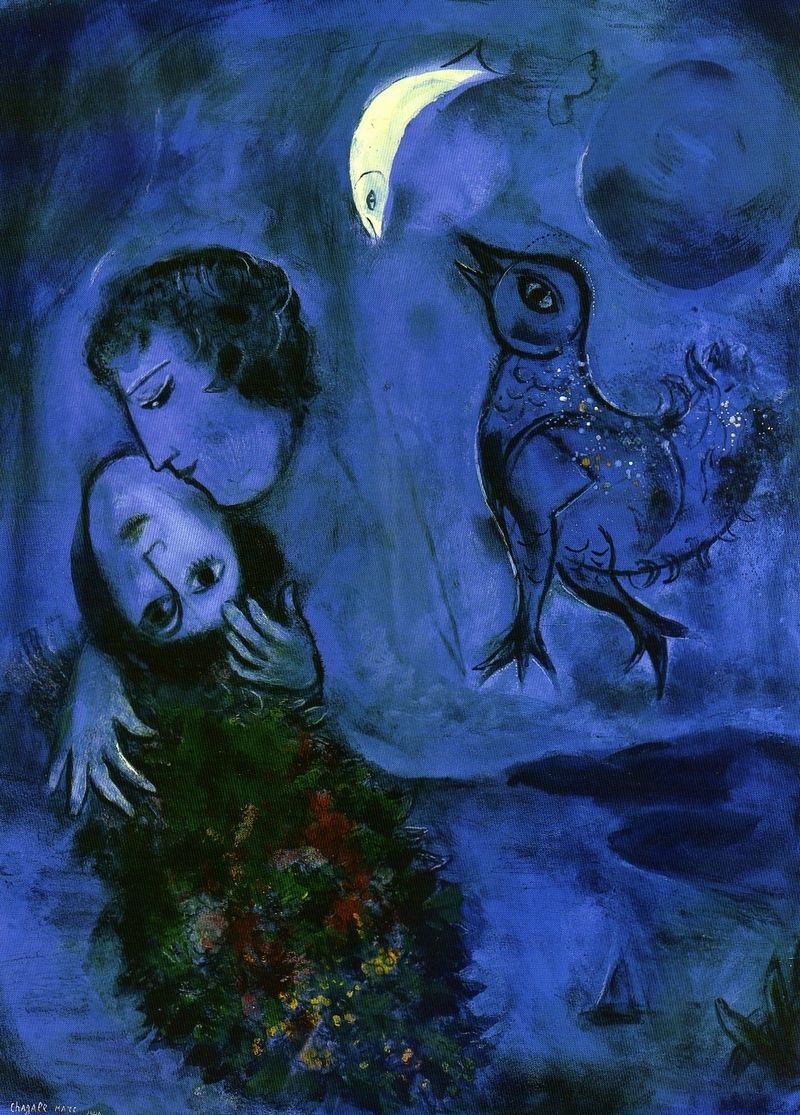HEALING INSIDE OUT
Anticipate the light of success shining upon a new world, renewing it with health and spectacular beauty. * The imminent redemption promises such intense healing that it completely removes the nightmarish trauma of generations.
By Rabbi Boruch Merkur

“The light of the moon shall shine as the light of the sun, and the light of the sun shall shine sevenfold - like the light of the Seven Days - on the day G-d bandages His people’s fracture and heals the external injury they have suffered.”[1] (Yeshaya 30:26)
Nighttime is known to symbolize suffering, whereas relief is likened to day. A person’s solace from misery is like moonshine in the middle of the night. But the success that shines upon us when things are good and there is equanimity is called sunshine.
Here “The light of the moon” describes the beginning of the salvation from this great suffering, from the darkness of night. The poetic imagery depicts how even “The light of the moon” is destined to shine extremely bright, like the sun, to the point that the trauma is instantly forgotten. The healing will be so intense that it will be as if there never was nighttime or suffering at all.
“And the light of the sun” – this period of healing and success will be followed by light that is “seven” times brighter, much more intense, like the light of the “seven days,” the Seven Days of Creation.
At the time of Genesis, light shone upon the newly created universe, radiating upon a new world and its new creatures. So the light of success will now shine upon a new world, renewed for this nation with beauty and splendor, as if – in virtue of the abundant good - the entire existence is being recreated for them.
This brilliant success will take place “on the day G-d bandages His people’s fracture (shever).” The prophet describes the nation as one who has been injured with broken bones, a wound that has festered. First, bandages are set upon the fracture, then treatment is required for the outside, the surface of the wound. In this manner, G-d will bandage the nation’s internal wound and the external wound will heal – both spiritually and materially.[2]
With G-d’s keen oversight, His care and healing, how could His treasured nation suffer as we have? And at whose hands? Who or what could possibly harm us with G-d on our side?
Blame, however, is clearly attributed in the verse, “See now that I, I am He … I bring death and give life; I have wounded and I will heal.”[3]
G-d the Healer is also what?! What is this wound that G-d inflicts?
The Midrash explains:
It does not say “hikeisi – I struck,” but “machatzti” – I have made a mechitza, a barrier. The wound is, in effect, a fracture between the eternal Supernal realm and the mundane, physical realm of mortals. In the Future Era, however, there will be no trace of death, as it says, “Death will be swallowed up forever.”
Said Rebbi Abba, “I [G-d] will revisit and heal that mechitza, that barrier.” “Machatzti” – My mechitza I will heal.[4]
The wound, this mechitza, has served as a boundary, a separation. But this fracture will heal and itself become the means to unite. True, G-d established boundaries. He made the separation, the “wound.” But that very place will provide the ultimate healing and reunion with G-d.
*
This boundary appears in Torah separating the conflicting worlds of Lavan and Yaakov Avinu:
“This mound shall be witness, etc., that I am not to cross to you past it, nor shall you cross to me, etc..”[5] They did not, however, make a wall, suggesting that from the outset, the boundary provided the opportunity for free passage across it.[6]
In spiritual terms this means that the intent of first making a boundary between the Supernal and Lower realms is to ultimately establish a bond between them, revealing Divinity … in the lowest aspects of existence. The Lower realms were thus created by a mechitza … to enable our efforts within the lowest dimension to unite with the Supernal realm.[7]
When we encounter boundaries, mechitzas, we must know that the two worlds they separate are not meant to be forever divided and separate. Everything is meant to become G-dly and serve a joint purpose.
Torah came down from infinite transcendence to apply to the entire spectrum of experience, the way white light (Lavan) shines as a rainbow through a prism (much as Yaakov’s gift to Yosef was the Coat of Many Colors). Torah, the inner dimension of Torah in particular, gives us the power to bring G-dliness everywhere, bringing depth to those places that are most relevant to us – Nigla, Biblical stories, and childlike, engaged prayer.[8]
A boundary typically stands out. Like a mound of rocks in a field, it catches our attention. A boundary demarcates the theater of operations the Rebbe refers to as “mitzad inyano shel ha’adam – something that resonates with the person.” That is the place from where healing, transformation, and infinite success emerge.
The challenge is to see boundaries for what they are - not wounds inflicting from On High, G-d forbid, but - the key interface to relate to G-d and invite Him into our lives, to heal us – from the inside out.
*
NOTES:
[1] בְּי֗וֹם חֲבֹ֤שׁ ה׳ אֶת־שֶׁ֣בֶר עַמּ֔ו וּמַ֥חַץ מַכָּת֖וֹ יִרְפָּֽא
[2] Malbim on Isaiah 30:26
[3] מָחַ֙צְתִּי֙ וַאֲנִ֣י אֶרְפָּ֔א (Haazinu 32:39)
[4] Koheles Rabba 1:4
[5] VaYeitzei 31:52
[6] FN 46: The possibility for traversing the boundary is an explicit condition of their agreement regarding the mound, “do not trespass … to cause harm,” as Rashi comments there, “but you may cross to do business.”
[7] Seifer HaMaamarim Melukat 5, pg. 277
[8] Ibid pg. 276
 May 19, 2021
May 19, 2021
Reader Comments